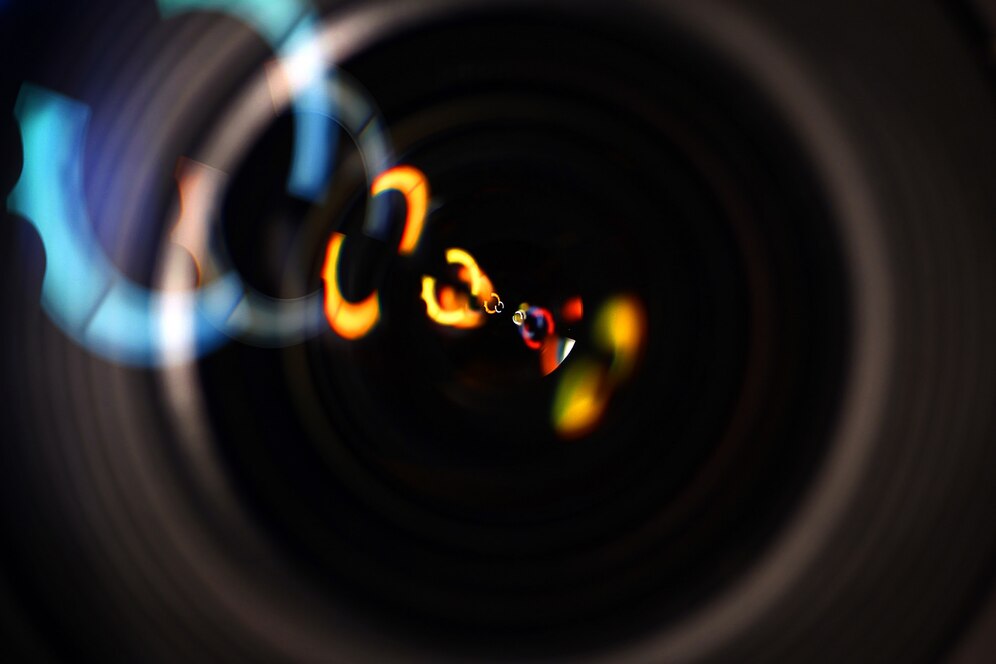SLR full form and its Photographic Magic

SLR Full Form
In the world of photography, the term “SLR” is often whispered in reverence among enthusiasts and professionals alike. However, for those who are new to the realm of cameras, its full form might remain a mystery. In this article, we’ll venture into the captivating world of SLR, decode its full form, and unravel the magic it brings to photography.
SLR Full Form Unveiled
SLR stands for “Single Lens Reflex.” This term refers to a type of camera that employs a mirror and a pentaprism to provide a real-time optical view of the scene through the lens. It’s a fundamental design that has transformed photography and remains a hallmark of versatility and creative control.
The Mechanism of an SLR Camera
An SLR camera’s design revolves around a mirror that sits in front of the camera’s image sensor or film. When the photographer looks through the viewfinder, light travels through the lens and bounces off the mirror, which then directs it up into a pentaprism or pentamirror. This arrangement allows the photographer to see an accurate representation of the scene as it will be captured, including depth of field and focus.
When the shutter button is pressed, the mirror flips up out of the way, and the shutter opens to expose the image sensor or film to light. This momentary interruption of the optical path is why you might hear the characteristic “click” of an SLR camera. Once the exposure is complete, the mirror returns to its original position, and the photographer can compose their next shot.
Advantages of SLR Cameras
- Optical Viewfinder: The real-time optical viewfinder of an SLR camera provides a direct and accurate representation of the scene, making it easier to compose shots and anticipate the final image.
- Interchangeable Lenses: SLR cameras typically feature interchangeable lenses, allowing photographers to select lenses that suit their creative vision, from wide-angle to telephoto, macro, and more.
- Manual Control: SLRs offer extensive manual control over settings like aperture, shutter speed, and ISO, giving photographers the ability to fine-tune their exposures.
- Autofocus Precision: Modern SLRs incorporate advanced autofocus systems that enhance accuracy and speed in focusing on subjects.
- High-Quality Imaging: SLRs, especially in the digital age, offer exceptional image quality, making them a top choice for professional photographers.
Applications of SLR Cameras
- Portrait Photography: The ability to control depth of field and focus makes SLRs ideal for capturing stunning portraits with beautiful bokeh backgrounds.
- Landscape Photography: The optical viewfinder aids in framing expansive landscapes, while the interchangeable lenses allow photographers to capture wide vistas with intricate details.
- Wildlife Photography: The precise autofocus and telephoto lens options of SLRs make them well-suited for capturing fleeting moments in the animal kingdom.
- Macro Photography: With specialized macro lenses, SLRs excel at capturing intricate details of small subjects, from flowers to insects.
- Event Photography: The versatility of SLRs, along with their ability to handle low-light conditions, makes them a popular choice for capturing events like weddings and parties.
Conclusion
From the timeless click of the shutter to the infinite creative possibilities it offers, the SLR camera is a symbol of photographic artistry. Its full form, “Single Lens Reflex,” might seem technical, but the experience it delivers is nothing short of magical. As technology advances and photography evolves, the SLR remains a steadfast companion for those who seek to capture the world around them with precision, creativity, and a touch of nostalgia.